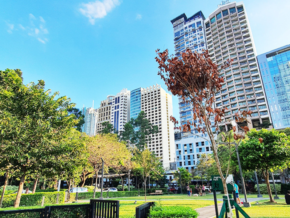A Guide to Vegetables in PH
Updated as of March 31, 2023.
You’ve probably seen or heard about them, perhaps found them around your backgrounds or different eateries. We have listed down some usual Filipino vegetables that a lot of people consume every day. Each vegetable can be cooked individually or together, to create different dishes. Some of these may surprise you as it’s added in the drinks and dishes we usually eat.
Sayote (Chayote)
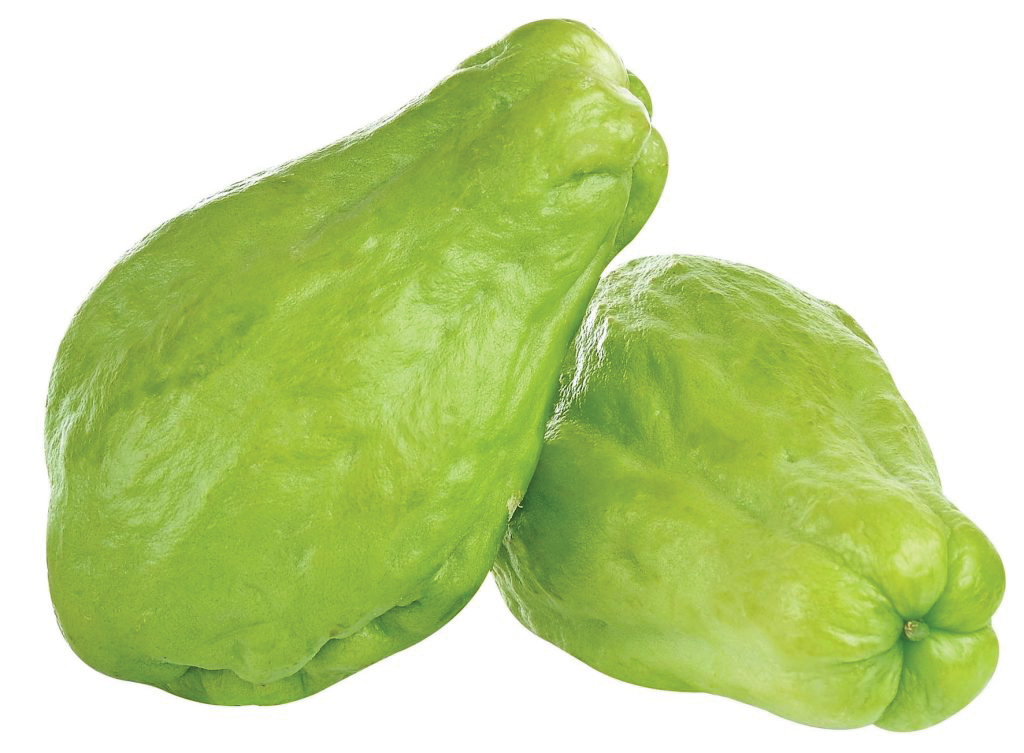
The most common vegetable found in backyards, wrapped around a tree or scatters on some bushes. Sayote belongs to the same family as melons, squash, and cucumbers. In the present time, different people have been innovating sayote, adding it to tea and some pastries. The skin is rough but the flesh is smooth, it exudes some sticky white liquid or a sap when raw. Sayote is usually steamed, stir-fried or boiled.
Calamansi (Philippine lime)
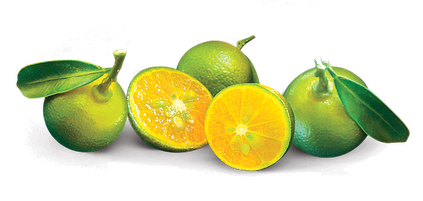
A popular condiment or dipping sauce here in the Philippines, calamansi is one of the most used fruits. These round like lemons are sour and a native to the Philippines. They are also mixed and used as flavorings in juices, shakes and even sorbets. Some expats have been naming this fruit as their favorite, peeling it and eating it raw.
Upo (Bottle Gourd)
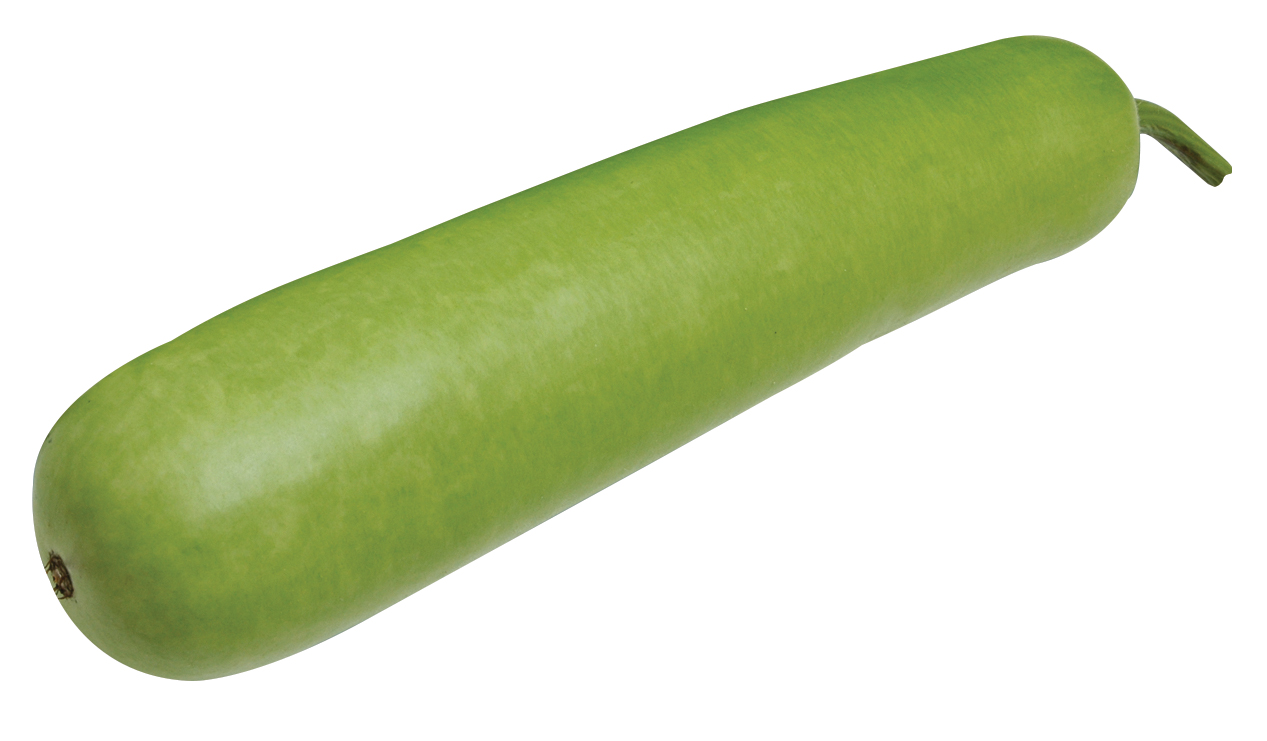
An elongated plant with white flesh and thick green skin, upo is mostly used in dishes with soups or can be simply stir-fried. The flavors are elevated when added with different vegetables. Upo is also now being added to tea. One usual dish that Filipinos use upo for is misua with upo, which uses a very thin variety of Chinese noodles mixed with upo and a flavorful broth.
Monggo (Mung beans)
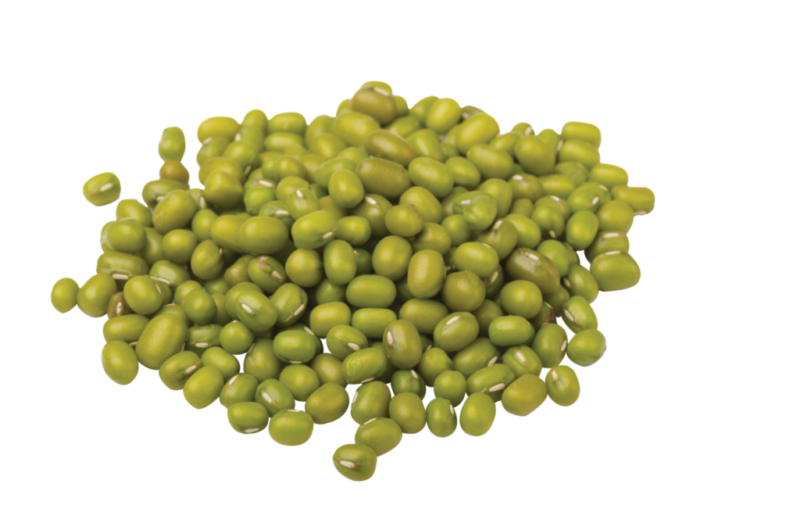
These small legumes are grown widely in the Philippines. It can also be used as a popular alternative for vegans and normally cooked in eateries with pork or chicharron (crispy pork rinds). Monggo is usually cooked into a stew or soup with other vegetables and kind of meat. When eaten, monggo has a soft and bean-like texture inside your mouth.
Malunggay (Moringa)
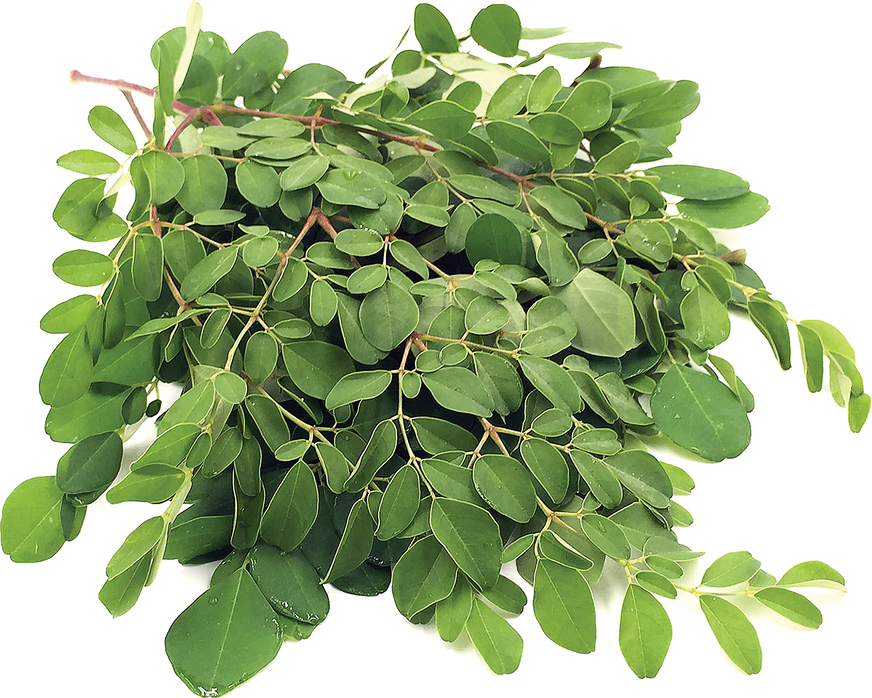
A popular herb and the most nutritious of them all is commonly found here in the Philippines. Dubbed as the wonder vegetable, malunggay is used in home cooked meals such as stews and soups. It is also used for tea and now in bread. There are some bakeries that sell malunggay pandesal in the provinces, and malunggay pastries in the city.
Ampalaya (Bitter Melon)
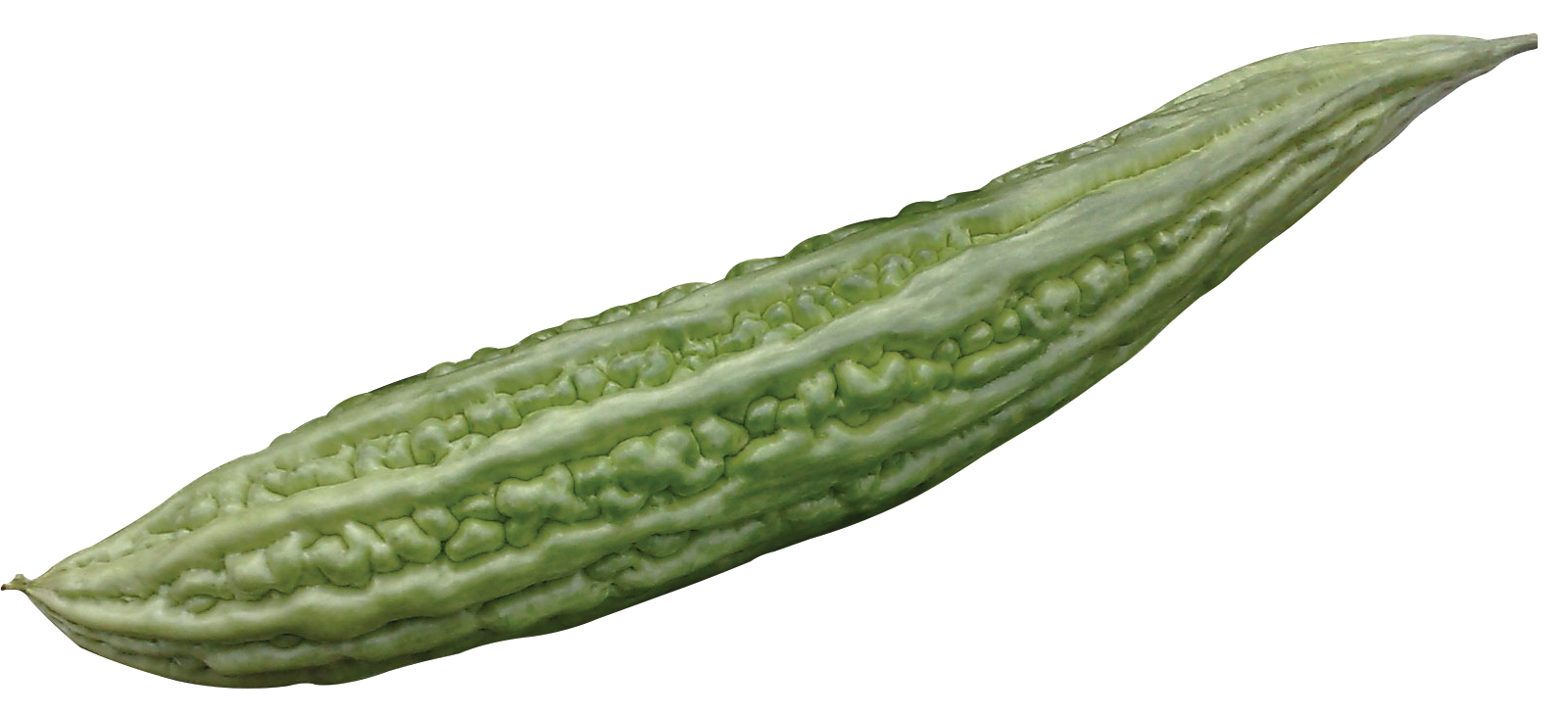
Ampalaya is one of the healthiest vegetables in the worlds. Don’t judge it by its rough appearance or its bitter taste. Although notable for its bitter taste, ampalaya works wonders for being who have diabetes. Aside from being stir-fried or saute, it is also common in natural and organic tea.
Kamote (Sweet Potato)
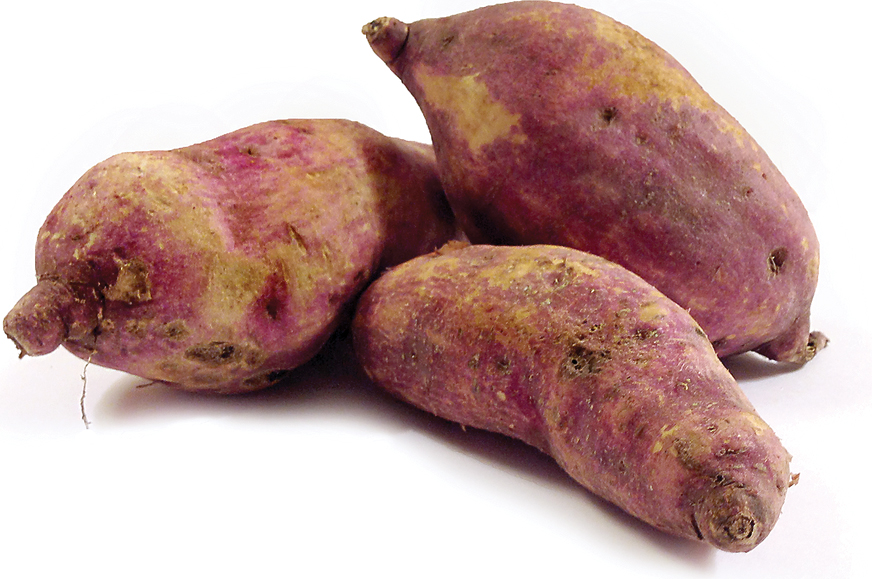
These are similar to yams and it comes in purple and yellow. Normally used both in savory and sweet dishes, sweet potatoes have a distinct sweetness that is most commonly used in desserts. Fried, baked or mixed in with pastry or cake, kamote is known for its orange hue. Sweet potatoes are also perfect for breakfast or for snacks by simply boiling it.
Pechay (Chinese cabbage)
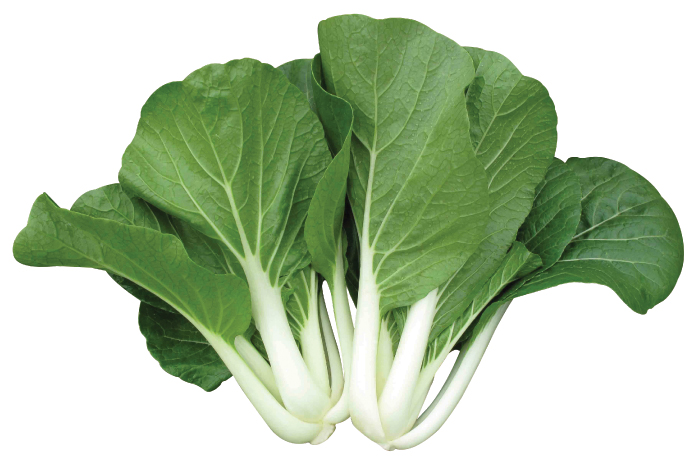
This leafy green vegetable is widely used in Asian dishes. It has smooth, dark green leaf blades forming a bunch of leaves similar to mustard or celery. Best cooked when stir-fried, steamed, boiled or stuffed. Pechay is also found in hot pots or shabu-shabu. It may taste a bit bitter but the crunchiness of the vegetable is admirable.
Kangkong (Water Spinach)
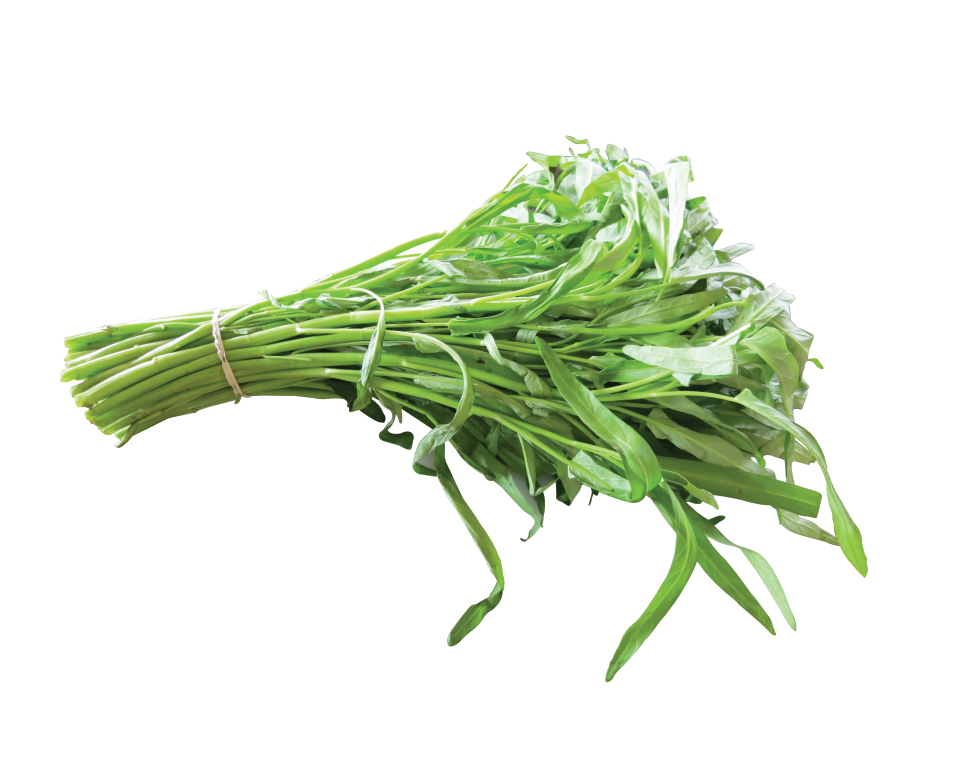
Kangkong is a tropical plant that grows where there is a lot of water. The stem and the leaves are cooked and eaten, normally steamed and stir-fried. Another way to enjoy kangkong is to coat it with some batter and fry it with oil. Kangkong is also used in Asian dishes, it can be best paired with bagoong (shirmp paste) or anchovies. In some restaurants, it is brushed with oil to preserve its texture.
Puso ng saging (Banana blossoms)
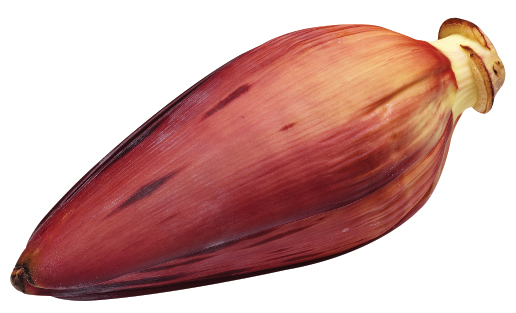
This heart-shaped floret is the blossom of the banana tree. It has a hard, leafy texture that softens when cooked, and is typically added in salads, soups, and can also be stir-fried. It sort of tastes like bamboo shoots, only softer. Puso ng saging translates to the heart of a banana.
Gabi (Taro)
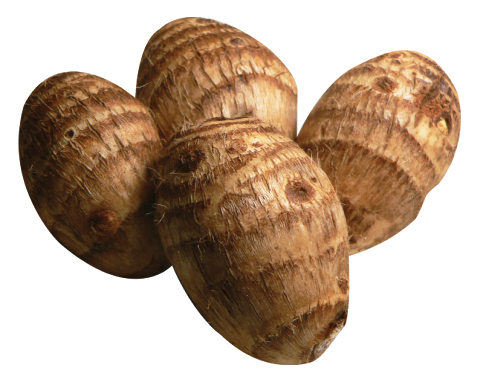
Gabi is one of the major root crops in the Philippines. It is also an alternative to meat by some vegetarians. Gabi can be cooked either sweet or savory, commonly boiled then mashed to be used in baking. Gabi is also a popular flavoring, especially for milk teas and cakes. Some establishments have added artificial colors to gabi to make it look more appetizing.
Mustasa (Crispy mustard)
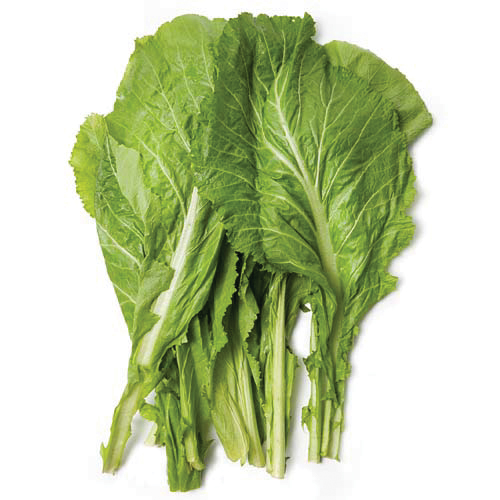
Also known as a leaf mustard, mustasa is also one of the most nutritious vegetables there is. Mostly used in salads and soups, mustasa is the source of the condiment mustard. They can also be sometimes added in shakes. The leaves are oblong-obovate, the oil is also used. Mustasa an excellent source of calcium, phosphorus, iron and vitamin B.
Singkamas (Jicama)
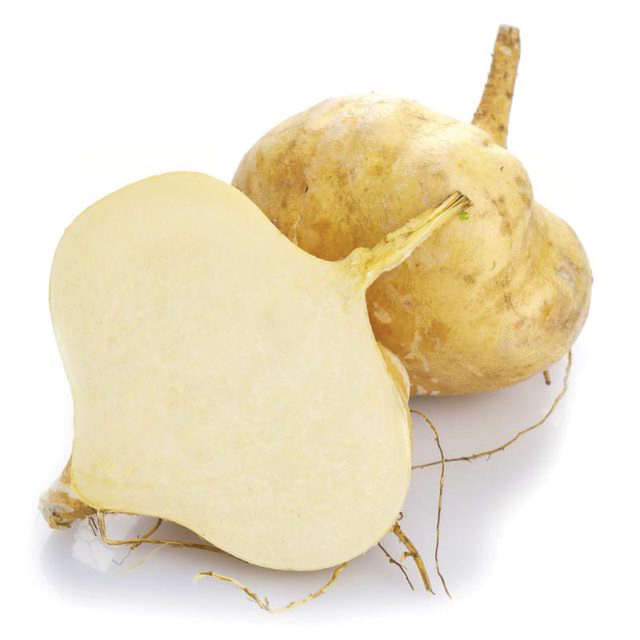
Singkamas is delicious, sweet tasting root vegetable that is popular as a summer snack in the Philippines. Commonly found along with green mango vendors are beside the streets, singkamas is best eaten raw. Pair it with vinegar, soy sauce or simply salt. Singkamas is famous for it’s juicy and crispy flesh. It can be used in salads or best eaten raw.
Alugbati (Malabar spinach)
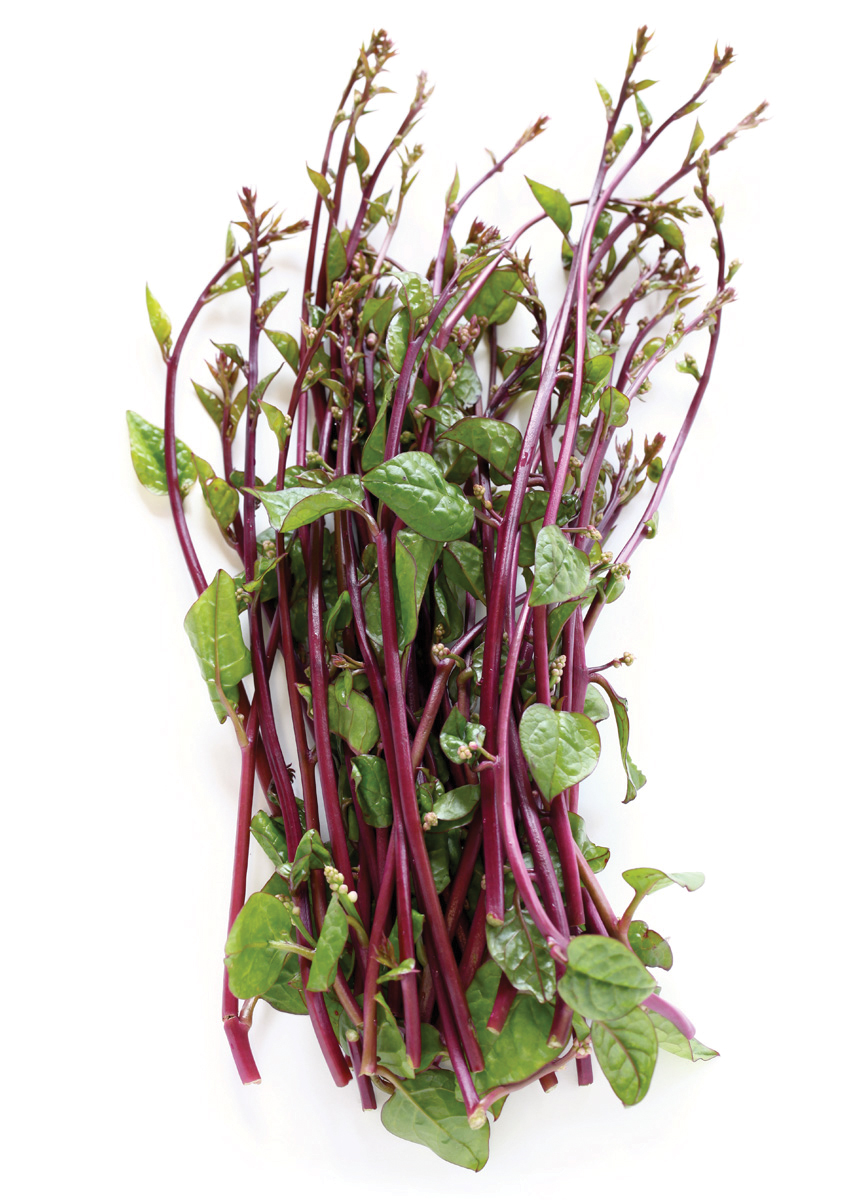 IMAGE from Wikipedia
IMAGE from Wikipedia
A different type of spinach, Alugbati has purple stems and green leaves. Mostly uses in soups, salads, and stews. It has dark green leaves similar to regular spinach. It normally grows on a vine rather than bush pattern and has a slightly more fibrous texture than regular spinach. It is a good source of a number of essential nutrients, including iron.
Sigarilyas (Winged bean)

IMAGE from Wikipedia
A tropical legume plant commonly used by Filipinos in many dishes, sigarilyas or winged beans can be sauteed or added to some dishes. It grows abundantly in the hot, humid equatorial countries of Southeast Asia. The beans are also rich in protein and all parts of the plant are edible. Leaves can be eaten like spinach, flowers can be used in salads.
Sitaw (String beans)
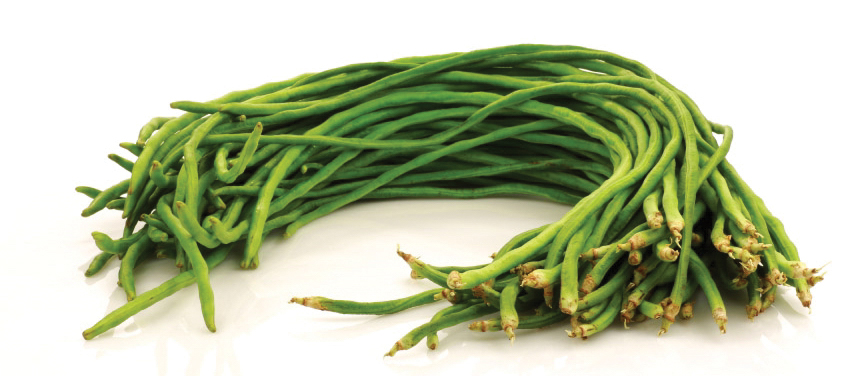 IMAGE from Wikipedia
IMAGE from Wikipedia
Sitaw is commonly seen in local markets, and is a staple ingredient in the country. Long and thin, sitaw is normally cut into bite sized pieces before cooked. They are then added to some stews, stir-fries and soups. Sitaw is agood source of copper, vitamin B1, chromium, magnesium, calcium, potassium, phosphorus, choline, vitamin A.
Katuray (Sesbania flower)
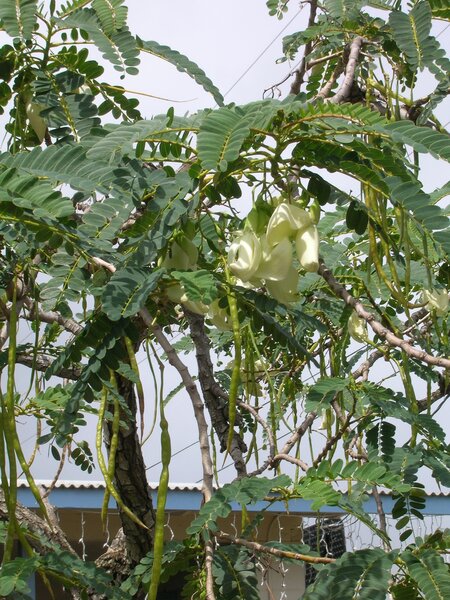
IMAGE from Wikipedia
Katuray is a small leguminous tree native to Southeast Asia. Its flower is commonly used as a vegetable in the Philippines. It has a slightly bitter taste and is used in dishes such as sinigang and adobo.
Labong (Bamboo shoots)
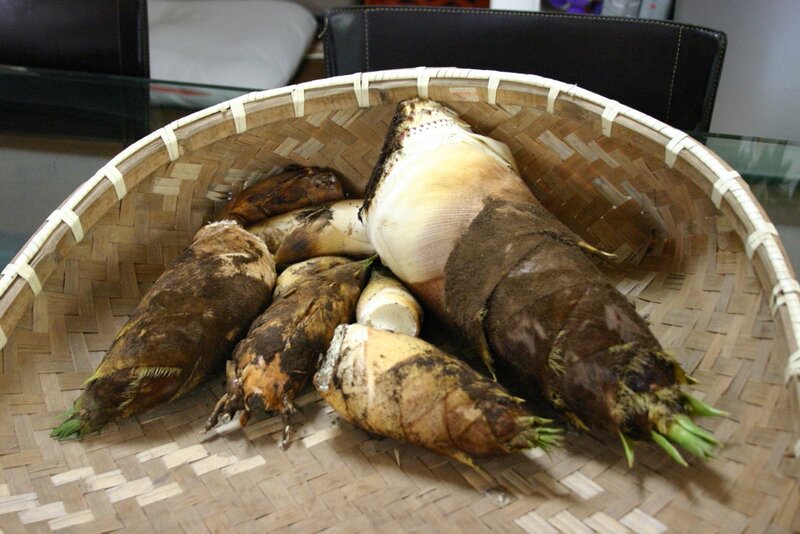 IMAGE from Wikipedia
IMAGE from Wikipedia
Labong are young shoots of the bamboo plant and are a popular vegetable here in the country. The fibrous labong are rich in fiber, vitamins, and minerals and are commonly used in soups, stews, and salads.
Also read: A Peek Into Filipino Food








